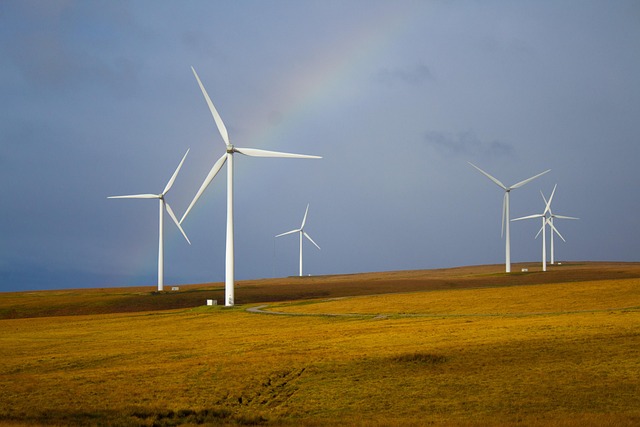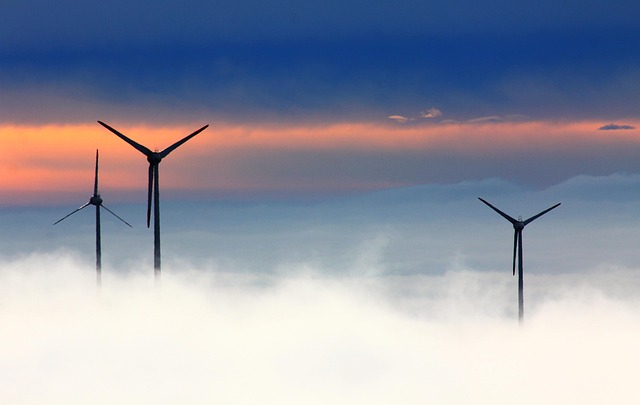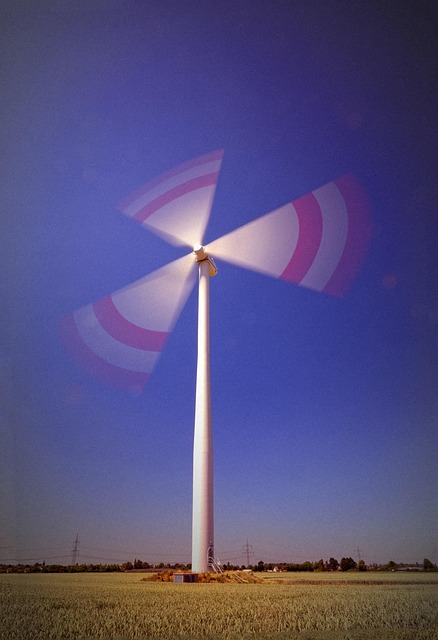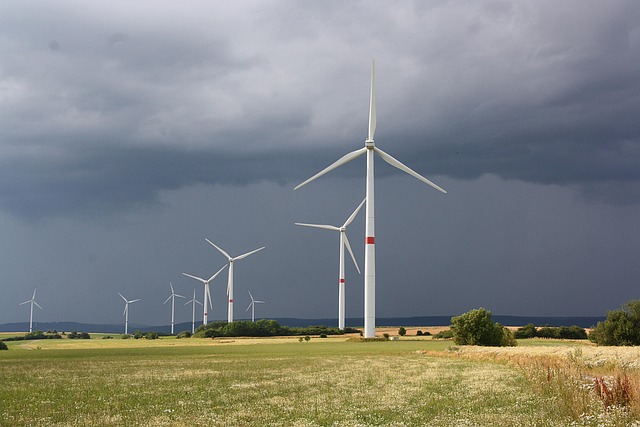Winds of Change: How Wind Power is Transforming Energy Landscapes
In the age of unprecedented climate change and energy demand, the necessity for sustainable energy solutions has never been more critical. Among the various renewable energy sources, wind power stands out as a leading alternative capable of transforming the global energy landscape. With its remarkable ability to generate electricity without greenhouse gas emissions, wind energy is not just a resource; it embodies a revolutionary shift in how humanity harnesses energy. This article explores the impact of wind power on energy landscapes, its growth trajectory, technological advancements, and the challenges it faces today.
The Rise of Wind Power
Wind energy has been harnessed for centuries, initially for sailing ships and later for milling grain. However, the modern wind energy industry began to take shape in the late 20th century as technological advancements made wind turbines more efficient and cost-effective. In recent decades, wind power has become one of the fastest-growing energy sources worldwide.
According to the Global Wind Energy Council (GWEC), the global installed capacity of wind power has increased dramatically, reaching over 700 GW by the end of 2020. This growth has been fueled by several factors, including government policies favoring renewable energy, declining costs of wind turbine technology, and a growing awareness of the need for sustainable energy solutions to combat climate change.
Environmental Benefits
One of the most significant advantages of wind power is its environmental benefits. Unlike fossil fuels, which emit carbon dioxide (CO2) and other harmful pollutants, wind energy is clean and sustainable. By harnessing wind energy, countries can drastically reduce their greenhouse gas emissions.
In addition to reducing CO2 emissions, wind power requires significantly less water than traditional energy sources. The water consumption associated with oil, gas, and coal mining, as well as fuel processing, is a considerable concern in many regions. Wind energy not only conserves water resources but also minimizes the potential for water pollution that can arise from fossil fuel extraction and processing.
Economic Transformation
The transition to wind power is not only an environmental imperative but also an economic opportunity. The wind energy sector creates jobs, stimulates local economies, and fosters technological innovation. The International Renewable Energy Agency (IRENA) estimates that the renewable energy sector, including wind, employed over 11 million people globally in 2018, with projections for continued job growth as investments in renewable technologies increase.
Moreover, wind facilities often bring substantial economic benefits to rural areas where they are located. Wind farms contribute to local tax revenue, supporting schools, infrastructure, and community projects. Landowners can benefit financially from leasing their land to wind energy developers, providing them with a stable income source.
Technological Innovations
Technological advancements have played a crucial role in the expansion of wind power. Innovations in turbine design, materials, and energy storage have enhanced the efficiency and reliability of wind energy systems. Modern wind turbines are equipped with advanced features that improve performance, such as larger rotor blades and higher tower heights, allowing them to capture more wind energy even at lower wind speeds.
Additionally, the integration of smart technology and data analytics in wind power operations has optimized turbine performance. Predictive maintenance practices help operators minimize downtime and maximize energy output, while turbine design has evolved to minimize noise pollution and visual impact, addressing concerns from nearby communities.
The Role of Policy and Incentives
The growth of wind energy is significantly influenced by government policies and incentives aimed at promoting renewable energy sources. Many countries offer tax credits, subsidies, and renewable energy certificates to incentivize investment in wind power. Additionally, international agreements, such as the Paris Agreement, push nations to commit to reducing carbon emissions, making the transition to renewable energy sources a key part of their strategy.
While favorable policies have accelerated the adoption of wind power, inconsistency in political environments can hinder progress. The risk of policy reversal and the fluctuation of government support can create uncertainty in the wind energy market, affecting investments and delaying project development.
The Challenges Ahead
Despite its many advantages, the wind energy sector faces challenges that must be addressed to sustain its growth. One of the primary concerns is the intermittent nature of wind energy. Unlike fossil fuels, which provide a constant power supply, wind energy generation is dependent on wind availability, posing challenges for grid reliability. This intermittency necessitates the development of robust energy storage solutions and grid management systems to balance supply and demand effectively.
Additionally, the environmental impact of wind farms on local ecosystems, particularly concerning bird and bat mortality, has raised concerns among conservationists. Ongoing research is essential to mitigate these impacts and develop technologies that make wind power even more eco-friendly.
The Future of Wind Power
As the world continues to pursue sustainable energy solutions, the future of wind power appears bright. Innovations in offshore wind farms, vertical-axis turbines, and floating wind technology promise to expand wind energy’s geographic reach and capacity. Offshore wind projects, in particular, have gained attention due to their potential to harness stronger and more consistent winds that occur over oceans and large bodies of water.
Furthermore, the global focus on decarbonization and reaching net-zero emissions by mid-century is creating a conducive environment for wind energy growth. With advancements in technology, supportive policy frameworks, and increasing awareness of the climate crisis, wind power is poised to play a significant role in reshaping energy landscapes around the world.
Conclusion
In conclusion, wind power is undoubtedly a transformative force in the global energy landscape. As we confront pressing environmental challenges and the urgent need for sustainable energy sources, wind energy offers a viable and increasingly essential solution. With its array of economic benefits, technological innovations, and a positive environmental footprint, wind power stands at the forefront of the renewable energy revolution. By continuing to invest in this promising sector, we can harness the winds of change, ensuring a cleaner and more sustainable future for generations to come.



